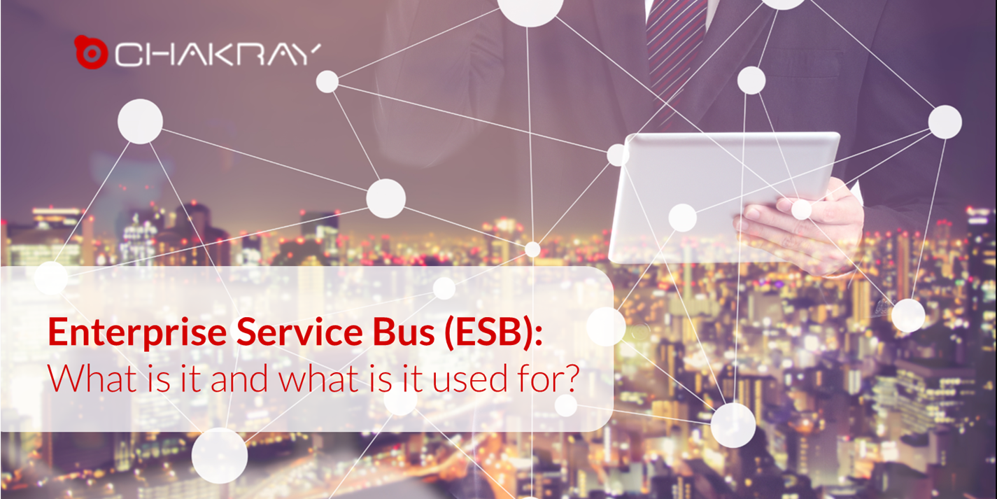In an increasingly complex and connected business environment, the increasing adoption of services creates the need for a service-oriented architecture. However, this proliferation of services can create challenges, such as lack of versioning, lack of standardisation of configurations and duplication of functionalities. It is in this context that the Enterprise Service Bus (ESB) becomes essential. An ESB is a solution that enables communication between systems and applications to be managed effectively, even in complex environments. With an ESB, organisations can centralise and standardise service integration, avoiding unnecessary duplication and ensuring consistency in configurations.
In this article, we will explore in detail what an ESB is and how it can revolutionise the way organisations manage communication between their systems. We will look at common challenges in service-oriented architectures, such as duplication of functionality and SLA management. We will also look at how an ESB can be the solution to overcome these challenges and achieve more efficient and effective integration in today’s business environment.
What is an ESB (Enterprise Service Bus)?
An ESB (Enterprise Service Bus) is a software component that is used to facilitate integration and communication between different systems and applications in an enterprise organisation. It acts as a centralised platform that enables interaction between the various software components of an enterprise, such as legacy applications, enterprise resource planning (ERP) systems, CRM systems, human resource systems, among others.
What is an ESB used for?
The Enterprise Service Bus should be robust enough to allow for changes in requirements without this having any impact on services that are already installed. The event system and infrastructure should be capable of connecting any IT resource independently of the technology it uses.
- Maximum security. Authentication, authorization, and encryption functionalities are provided over ESB. As previously stated, it provides authentication, authorization and encryption both for incoming and outgoing messages, which complies with security requirements requested by service providers.
- Improves message routing. ESB offers an interesting functionality which adds information to messages missing a part. Through routing, it establishes the destination of incoming messages.
- Central platform. Thanks to ESB, communication with an application can be achieved without linking the message receiver with the sender. In other words, it dissociates the end user from the location of a particular service provider.
- For ESB to be safe and provide a high performance, monitoring and management are essential. It also allows for controlling the flow of messages and monitor their execution. It is the most efficient way to identify messages and routes between services.
- ESB integrates over FTP, HTTPs, JMS, TCP or SMTP, among other transport protocols, and it does so seamlessly.
- Message conversion. Transformation is one of the most important features of an ESB, which can be used to convert messages from one format to another using standards such as XPath and XSLT.
In addition to assembling services and combining them, an ESB should facilitate the connection of web services, new applications and different types of applications. An example for the latter would be legacy middleware over adapters, batch files or LOB (Line of Business) applications.
What is the objective of the Business Service Bus?
The main objective of the Enterprise Service Bus is to enhance and support the growth of a business. In other words, it aims to provide an infrastructure that enables the integration of heterogeneous systems, regardless of the underlying technologies or communication protocols used by each system. The ESB acts as a middleware layer that sits between the systems and is responsible for data transformation, message routing and communication management.
Conclusions
In summary, the implementation of an Enterprise Service Bus enables organisations to achieve greater interoperability, efficiency and agility in their operations, while providing a solid foundation for the integration of systems and applications in today’s evolving business landscape.
There are many ESB solutions on the market today, all focused on enabling businesses to operate efficiently and make sound decisions. It is the most direct way to improve and grow a business by taking advantage of a service-oriented architecture with all the guarantees. Oracle, with its Service Bus service, or Kafka Confluent, which has focused on event-driven ESBs, are among the leading initiatives in this field. Another solution that enables easy, efficient and productive integrations thanks to its lightness and scalability is WSO2.


Looking to implement ESB/SOA technology?
We'll recommend the best solution for your business, talk to our experts!
contact us about ESB/SOA technology





